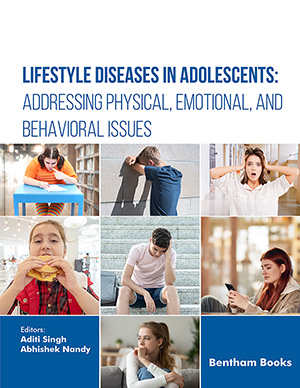Abstract
The development of the neurobiological mechanisms underlying higher
cognitive capabilities and social and emotional behavior occurs most rapidly during
adolescence. However, emotions are intricate phenomena made up of several subprocesses. In this article, we make the case that looking at emotional and cognitive
development from a process-level approach enables crucial insights into the
mechanisms underlying teenagers' fluctuating moods and increased risk of
psychosocial changes. Adolescence is also a time when emotional capacity changes,
including enhancements in affective modulation and emotional cue discrimination.
According to functional imaging studies utilizing cognitive and affective difficulties,
frontal cortical networks go through developmental changes in processing. The
complex paths that intersect in a unique way during adolescence are revealed by
comparing the developmental progressions for the physiological sensitivity to emotion,
emotional regulation ability, and motivation to experience particular affective states.
We analyze how these overlapping trajectories may affect both positive outcomes, such
as adolescent social relationships, and negative consequences, including psychosocial
behavioral changes.
Keywords: Emotional ability, Social relationships, Psychosocial behavior, Behavioral changes.






















